Ever walked into a dispensary or heard someone mention "a zip" of weed and felt a bit lost? You're not alone. The world of cannabis measurements and pricing can seem like a secret language, especially for newcomers. But understanding "how much is a zip" is fundamental to navigating the market confidently, ensuring you get exactly what you pay for, and making informed decisions about your cannabis purchases.
This comprehensive guide will demystify the term "zip," break down the factors that influence its price, explore what a marijuana leaf looks like, and equip you with the knowledge to make smart choices. Whether you're a seasoned enthusiast or just curious, by the end of this post, you'll be well-versed in the ins and outs of buying cannabis by the ounce.
Understanding "A Zip": The Ounce Demystified
So, what exactly is a "zip" in the context of cannabis? Simply put, a "zip" is slang for an ounce of cannabis. And how much is an ounce? It's precisely 28 grams. This quantity is a popular benchmark in the cannabis market, often offering a better value than smaller purchases.
The term "zip" is believed to have originated from the common practice of storing an ounce of cannabis in a Ziploc bag, which, when filled, would be roughly the size of a standard sandwich bag. While modern packaging has evolved, the slang term has stuck, becoming a widely recognized unit of measurement among consumers and cultivators alike.
Understanding this standard measurement is crucial because it's a common quantity for personal use, especially for those who consume regularly and want to benefit from bulk pricing. It's also a significant step up from smaller purchases like an eighth (3.5 grams) or a quarter (7 grams), offering a more substantial supply.
The Metric vs. Imperial System in Cannabis
The cannabis industry often straddles both the metric and imperial systems, which can sometimes cause confusion. While an ounce is an imperial unit of weight, its conversion to grams (28 grams) is a metric measurement. Dispensaries and dealers alike will typically refer to an ounce, but the underlying weight is always understood in grams for precise measurement. This dual system means you might hear "an ounce" or "28 grams" used interchangeably, both referring to the same quantity.
For context, here's a quick breakdown of common cannabis quantities:
- Gram (g): The smallest common unit, often used for sampling or very light consumption.
- Eighth (1/8 oz): Approximately 3.5 grams. A popular choice for casual users.
- Quarter (1/4 oz): Approximately 7 grams. A good amount for moderate users.
- Half (1/2 oz): Approximately 14 grams. For more frequent users.
- Ounce / Zip (1 oz): Approximately 28 grams. The focus of our discussion, offering significant value.
- Pound (lb): Approximately 453 grams, or 16 ounces. Typically for large-scale operations or very heavy users.
Knowing these conversions helps you understand the scale of your purchase and ensures you're comparing apples to apples (or rather, grams to grams) when looking at prices.
Factors Influencing the Price of a Zip
The question "how much is a zip?" doesn't have a single, straightforward answer. The price of an ounce of cannabis can vary dramatically, sometimes by hundreds of dollars, depending on a multitude of factors. Understanding these variables is key to anticipating costs and recognizing a fair deal.
Quality and Strain: The Premium Factor
Just like fine wine or craft beer, cannabis comes in various grades of quality, and this is perhaps the most significant determinant of price.
Premium/Top-Shelf: These are the connoisseur-grade strains, characterized by high potency (THC/CBD content), exceptional aroma (terpene profile), dense, well-trimmed buds, and often a visually appealing appearance (rich colors, abundant trichomes). They command the highest prices.
Mid-Grade: Good quality cannabis that offers a solid experience without the top-shelf price tag. It might have slightly less potent effects or a less complex aroma but is still enjoyable.
Budget/Shake/Trim: This refers to lower-quality flower, often less potent, or the shake (loose bits of flower) and trim (leaves and stems) that fall off during processing. While significantly cheaper, the experience is generally less refined.
Specific strains also play a role. Rare or highly sought-after strains with unique genetic profiles or particularly strong effects will often be priced higher due to demand and limited supply.
Location, Location, Location: Legal Status and Market Dynamics
Where you buy your cannabis has a massive impact on the zip of weed price.
Legal Markets (States/Countries): In regions where cannabis is legal for recreational or medicinal use, prices are influenced by state taxes, licensing fees, cultivation costs, and the competitive landscape of dispensaries. Prices in legal markets tend to be more stable and transparent, but also include taxes that can add a significant percentage to the final cost.
Grey/Black Markets: In areas where cannabis is illegal, prices are dictated by risk, supply routes, and local demand. These markets can be highly volatile, with prices fluctuating based on availability and law enforcement pressure. Generally, prices might be lower due to the absence of taxes and regulations, but the quality and safety are unregulated and can be questionable.
Local Demand and Supply: Even within legal markets, prices can vary from city to city or even neighborhood to neighborhood based on the density of dispensaries, local cultivation capacity, and consumer demand. A city with many growers and dispensaries might have more competitive pricing than a rural area with limited access.
Cultivation Method and Production Costs
The way cannabis is grown also affects its final price.
Indoor Cultivation: Typically more expensive due to controlled environments, artificial lighting, climate control, and higher energy consumption. However, indoor grows often yield higher quality, more potent, and visually appealing buds.
Outdoor Cultivation: Generally less expensive as it relies on natural sunlight and elements, reducing energy costs. Quality can still be excellent, but it's more susceptible to environmental factors and pests.
Hydroponics/Greenhouse: These methods offer a balance, often providing controlled environments with some natural light, leading to varied price points.
Type of Product
While "a zip" primarily refers to cannabis flower, it's worth noting that other cannabis products are priced differently. Concentrates (like wax, shatter, live resin) and edibles are priced by weight (for concentrates) or by potency (for edibles), and their cost per gram of active cannabinoid is usually much higher than flower. So, when discussing "how much is a zip," we're almost exclusively talking about dried cannabis flower.
Bulk Pricing: The Economic Advantage
One of the main reasons people consider buying a zip is the economic advantage. Generally, the larger the quantity you purchase, the lower the price per gram. Buying a zip is almost always more cost-effective than buying eight separate eighths. This bulk discount reflects the reduced packaging, handling, and transaction costs for the seller.
Personal Experience: From my own experience navigating various markets, the difference in an ounce of weed price between a legal, regulated dispensary and an unregulated source can be stark. I've seen top-shelf ounces range from $200-$400 in legal states, whereas a similar quality might fetch $150-$250 in a grey market, albeit with added risks. The consistency in quality and the peace of mind from knowing the product is tested in legal markets often justifies the higher price for many consumers. Always prioritize safety and legality when making your purchases.
What Does a Marijuana Leaf Look Like?
While "a zip" typically refers to the dried flower (buds) of the cannabis plant, understanding the plant's anatomy, particularly its iconic leaf, is part of appreciating the plant as a whole. So, what does a marijuana leaf look like?
The cannabis leaf is perhaps one of the most recognizable plant structures in the world, often used as a universal symbol for marijuana. Its distinctive appearance is due to its palmate compound structure. This means that several leaflets radiate outwards from a single point at the end of the leaf stem, much like fingers spreading from the palm of a hand.
Here are the key characteristics of a typical marijuana leaf:
- Leaflets: A mature cannabis leaf usually has 5 to 7 leaflets, though some varieties can have as few as 3 or as many as 11. The central leaflet is typically the largest, with the others progressively smaller towards the outside.
- Serrated Edges: Each individual leaflet has serrated, or saw-toothed, edges. These sharp, jagged edges are a hallmark feature.
- Veins: Prominent veins run through each leaflet, branching out from the central vein to supply nutrients.
- Color: The color can vary from light green to dark green, sometimes with hints of purple, red, or blue, especially in certain strains or under specific growing conditions.
- Texture: While you might not touch them often, fresh cannabis leaves have a slightly rough or sandpaper-like texture due to tiny hairs (trichomes) on their surface.
Variations in Leaf Shape (Indica vs. Sativa)
It's also worth noting that the shape of the leaves can offer a visual clue about the cannabis plant's dominant genetics:
Indica Leaves: Tend to be broader and shorter, with wider leaflets. They often appear darker green.
Sativa Leaves: Are typically narrower and longer, with slender, finger-like leaflets. They often appear lighter green.
Hybrid Leaves: Will display a mix of characteristics from both indica and sativa parents.
While the leaves themselves contain cannabinoids, the highest concentration of THC and other beneficial compounds is found in the resinous glands (trichomes) that cover the flower buds. So, while the leaf is iconic, when you buy "a zip," you're primarily interested in the cannabinoid-rich flowers.
Navigating the Market & Making Informed Purchases
Now that you know how much is a zip and what influences its price, how do you ensure you're making a smart and safe purchase? Navigating the cannabis market, especially in varying legal landscapes, requires diligence.
Tips for Buying Cannabis
Know Your Source: In legal markets, always purchase from licensed dispensaries. They are regulated, their products are tested for potency and contaminants, and they employ knowledgeable staff. In unregulated markets, finding a trusted source through word-of-mouth is crucial, but always proceed with caution.
Check the Quality:
Appearance: Look for vibrant colors, a good trim, and visible trichomes (tiny, crystal-like structures that look like sugar). Avoid overly brown, dull, or overly leafy buds.
Aroma: High-quality cannabis should have a strong, pleasant aroma (often described as earthy, citrusy, piney, or skunky). A lack of smell or a hay-like odor can indicate poor quality or improper curing.
Texture: Buds should feel slightly sticky but not wet. They should break apart easily but not crumble into dust.
Moisture Content: Too dry, and it will burn too quickly and harshly. Too wet, and it risks mold and won't burn properly.
Ask Questions: Don't hesitate to ask your budtender (in a legal dispensary) about the strain, its effects, its potency, and how it was grown. A good budtender will be happy to educate you.
Understand Lab Results (COAs): In legal markets, products come with Certificates of Analysis (COAs) from third-party labs. These show cannabinoid percentages (THC, CBD, etc.) and confirm the absence of pesticides, heavy metals, and mold. Always ask to see these.
Legal Considerations: Know Your Local Laws
This cannot be stressed enough: always be aware of and abide by your local cannabis laws. The legality of cannabis varies widely by country, state, and even municipality. What's legal in one place might be a felony in another.
Possession Limits: Even in legal states, there are strict limits on how much cannabis you can legally possess at one time. An ounce (a zip) is often the standard recreational possession limit for adults, but this can vary.
Consumption Rules: Public consumption is generally illegal, even where cannabis is legal.
Purchasing Age: You must be of legal age (usually 21+) to purchase recreational cannabis.
Interstate/International Travel: Transporting cannabis across state or international borders, even between two legal jurisdictions, is illegal under federal law.
Price Ranges for a Zip: A General Overview
Given the many variables, providing exact prices is challenging. However, here's a general table illustrating potential weed prices for a zip in different scenarios. These are approximate ranges and can fluctuate significantly.
|
Quality Level |
Legal Market (Taxed) |
Grey/Black Market (Untaxed) |
Description |
|
Budget/Shake |
$100 - $180 |
$80 - $150 |
Lower potency, less appealing appearance, often includes shake or trim. |
|
Mid-Grade |
$180 - $280 |
$150 - $220 |
Decent potency, good effects, common choice for regular use. |
|
Top-Shelf/Premium |
$280 - $400+ |
$220 - $350+ |
High potency, strong aroma, excellent appearance, connoisseur-grade. |
Note: These are illustrative prices and can vary based on region, specific strain, and market conditions.
Storage and Handling Your Zip
Once you've acquired your zip, proper storage is paramount to maintaining its quality, potency, and flavor. Improper storage can lead to your cannabis drying out, losing its terpenes (which contribute to aroma and effects), or even developing mold.
Best Practices for Storing Cannabis
Airtight Containers: This is the most crucial step. Oxygen exposure degrades cannabinoids and terpenes. Glass jars with airtight seals (like mason jars) are ideal. Plastic bags, while convenient for transport (and the origin of the term "zip"), are not suitable for long-term storage as they can allow air exchange and static electricity, which can strip trichomes.
Cool, Dark Place: Heat and light are enemies of cannabis. UV rays break down THC into CBN (which has different effects), and heat can cause terpenes to evaporate. Store your cannabis in a cool, dark cupboard, drawer, or dedicated cannabis humidor. Avoid direct sunlight or warm areas like near electronics.
Humidity Control: The ideal humidity level for storing cannabis is between 58% and 62% relative humidity (RH). Too dry, and the buds become brittle and harsh. Too humid, and you risk mold growth. Boveda or Integra Boost humidity packs are excellent tools for maintaining optimal RH within your airtight container.
Avoid Grinding Until Use: Only grind the amount of cannabis you intend to consume immediately. Grinding increases the surface area exposed to air, accelerating degradation.
Separate Strains: If you have multiple strains, store them in separate containers. This prevents their unique terpene profiles from mixing and preserves their individual aromas and flavors.
Why Proper Storage Matters
Proper storage isn't just about preserving freshness; it's about preserving the entire experience. When cannabis is stored correctly, it retains its full spectrum of cannabinoids and terpenes, ensuring that each session delivers the intended effects and flavors. Neglecting storage can lead to a harsh, flavorless, and less potent product, ultimately diminishing the value of your purchase.
Conclusion: Empowering Your Cannabis Journey
Understanding "how much is a zip" goes beyond just knowing a measurement; it's about gaining a deeper insight into the cannabis market, its pricing dynamics, and the factors that contribute to a quality product. From the origins of the term "zip" to the intricate details of cannabis pricing and the iconic appearance of its leaf, you now have a comprehensive overview.
Remember that the marijuana cost of a zip is a complex interplay of quality, location, cultivation methods, and market demand. By being an informed consumer, asking the right questions, and prioritizing legal and safe sources, you can ensure you're always getting the best value and experience.
Always prioritize education and responsible consumption. For those looking for reliable, high-quality cannabis products, exploring reputable brands like Canapuff.com can be a great next step in your cannabis journey. Happy exploring!



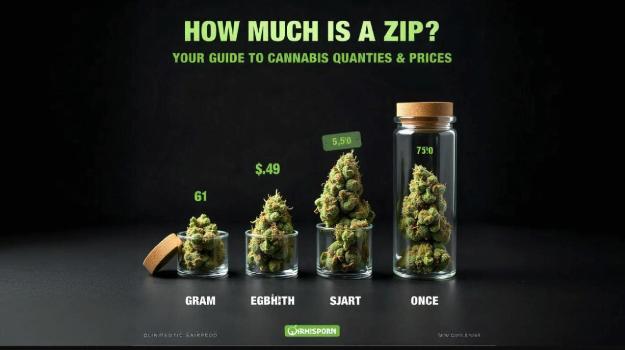

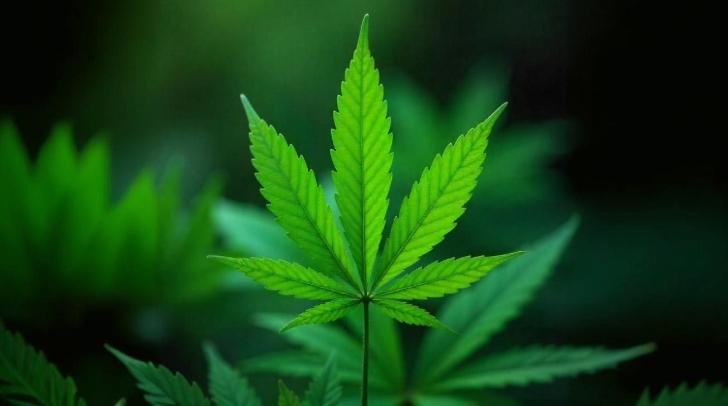

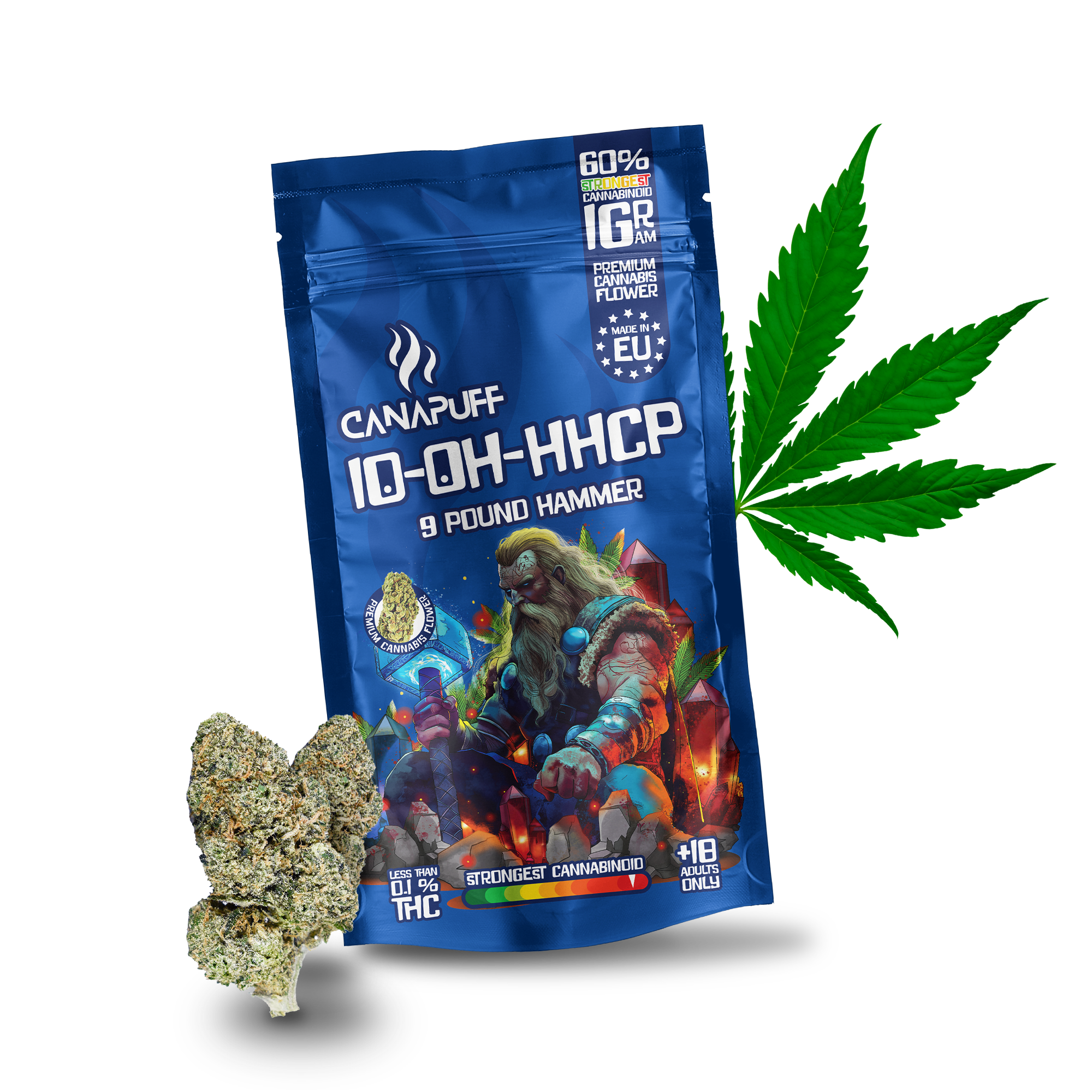
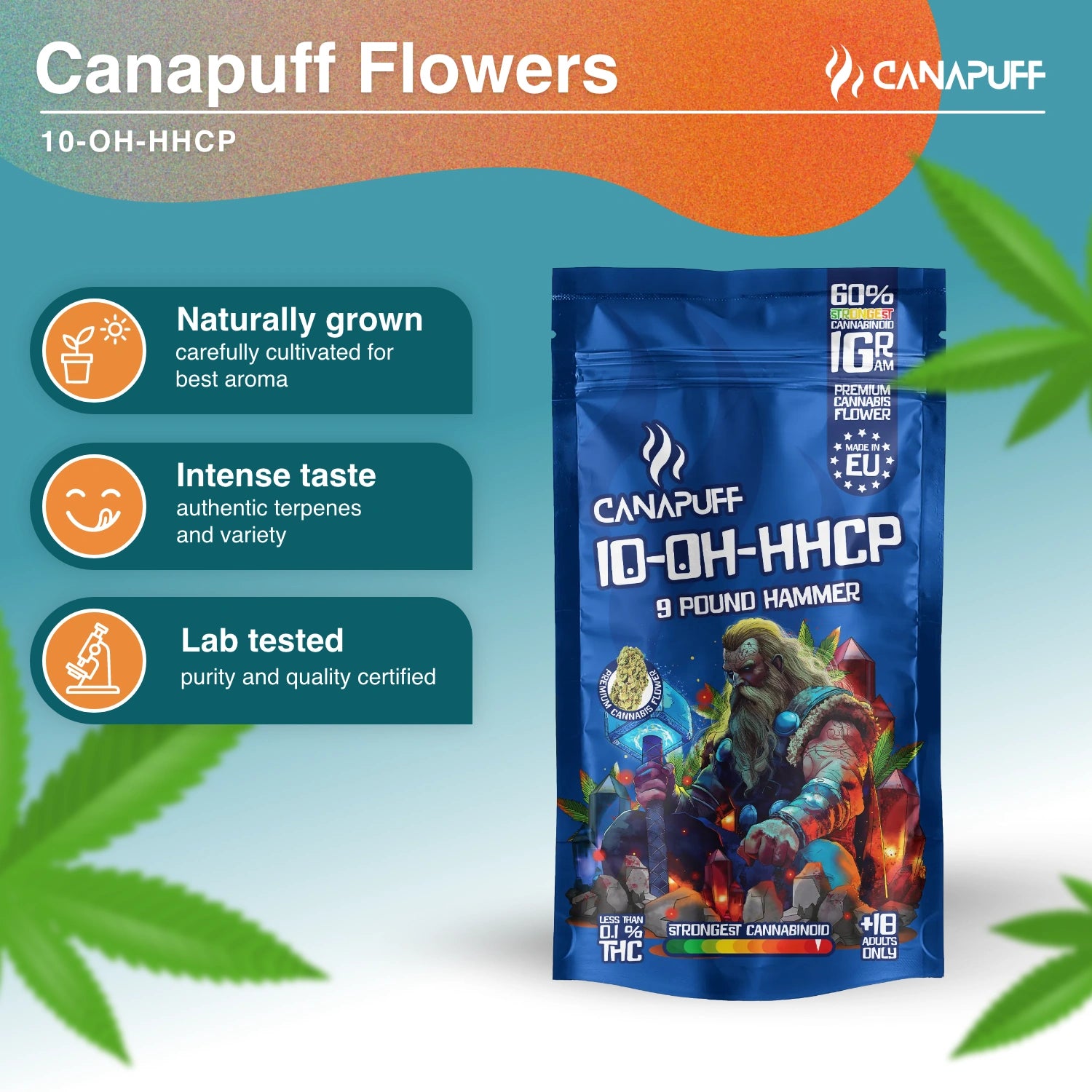
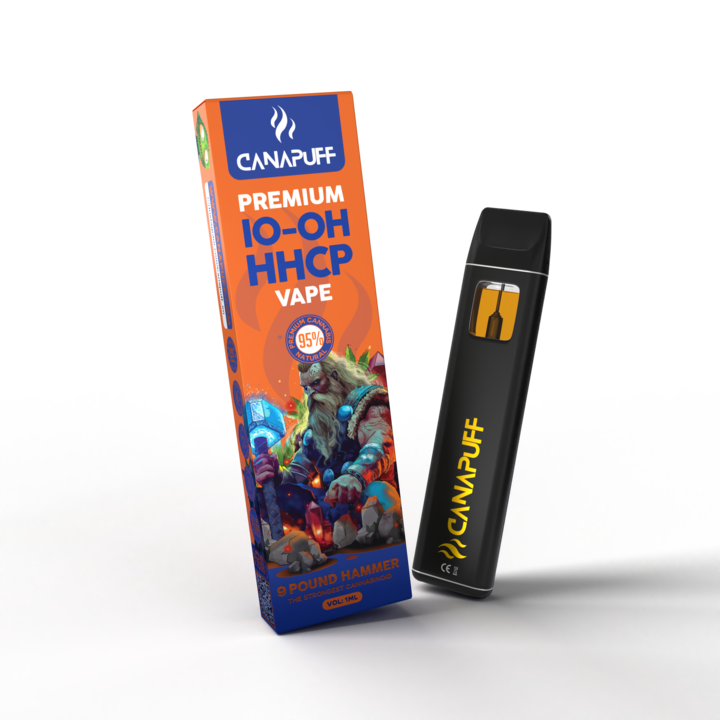
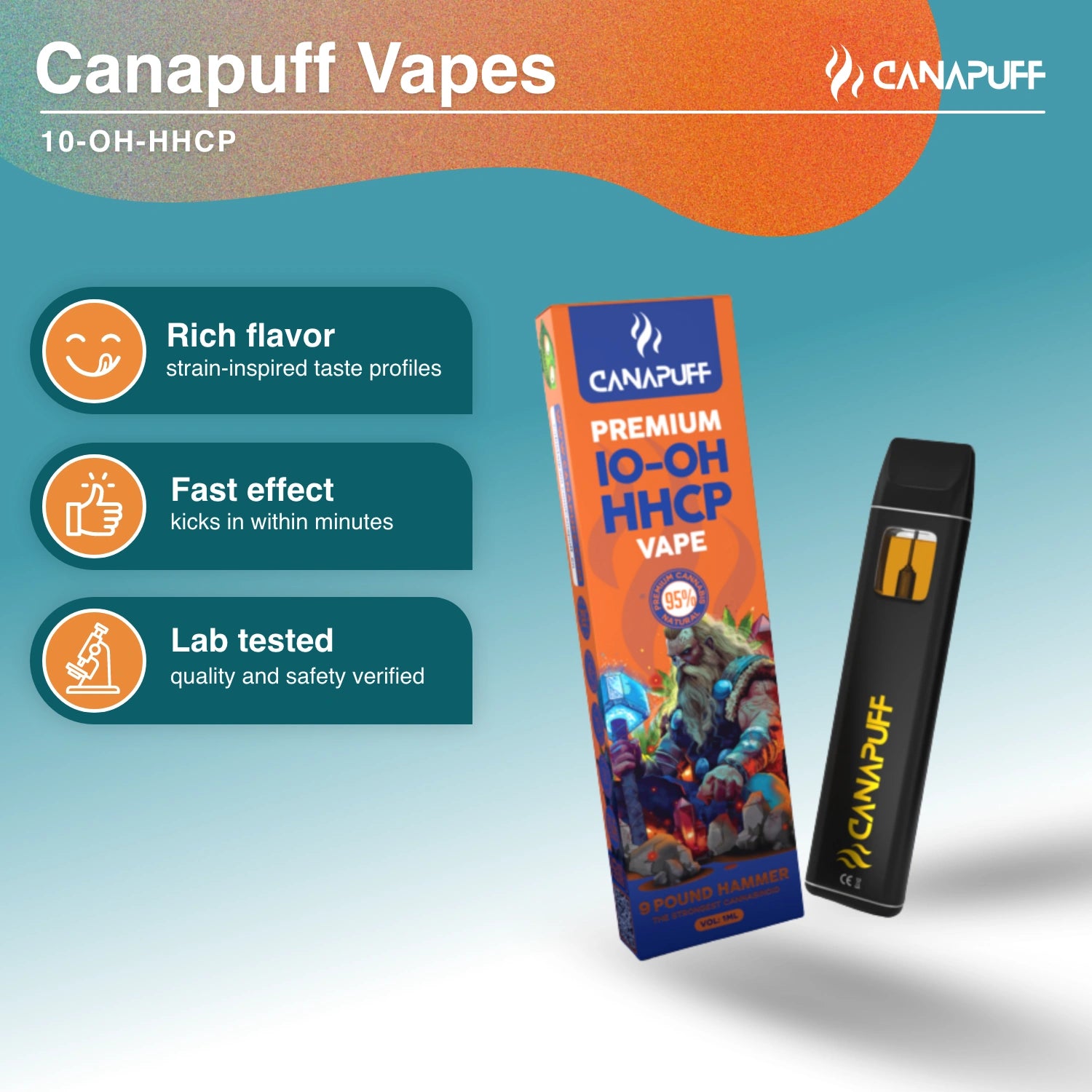
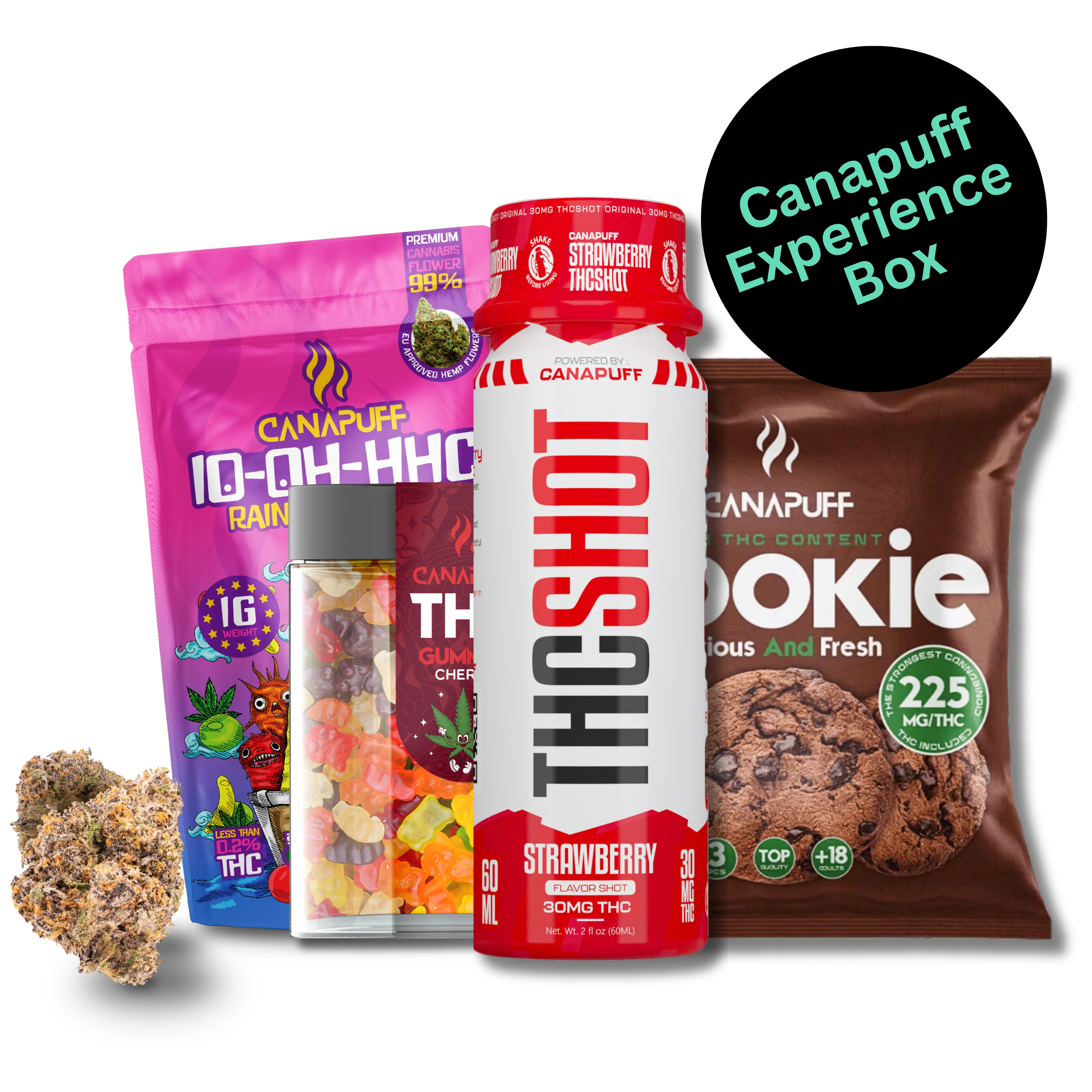

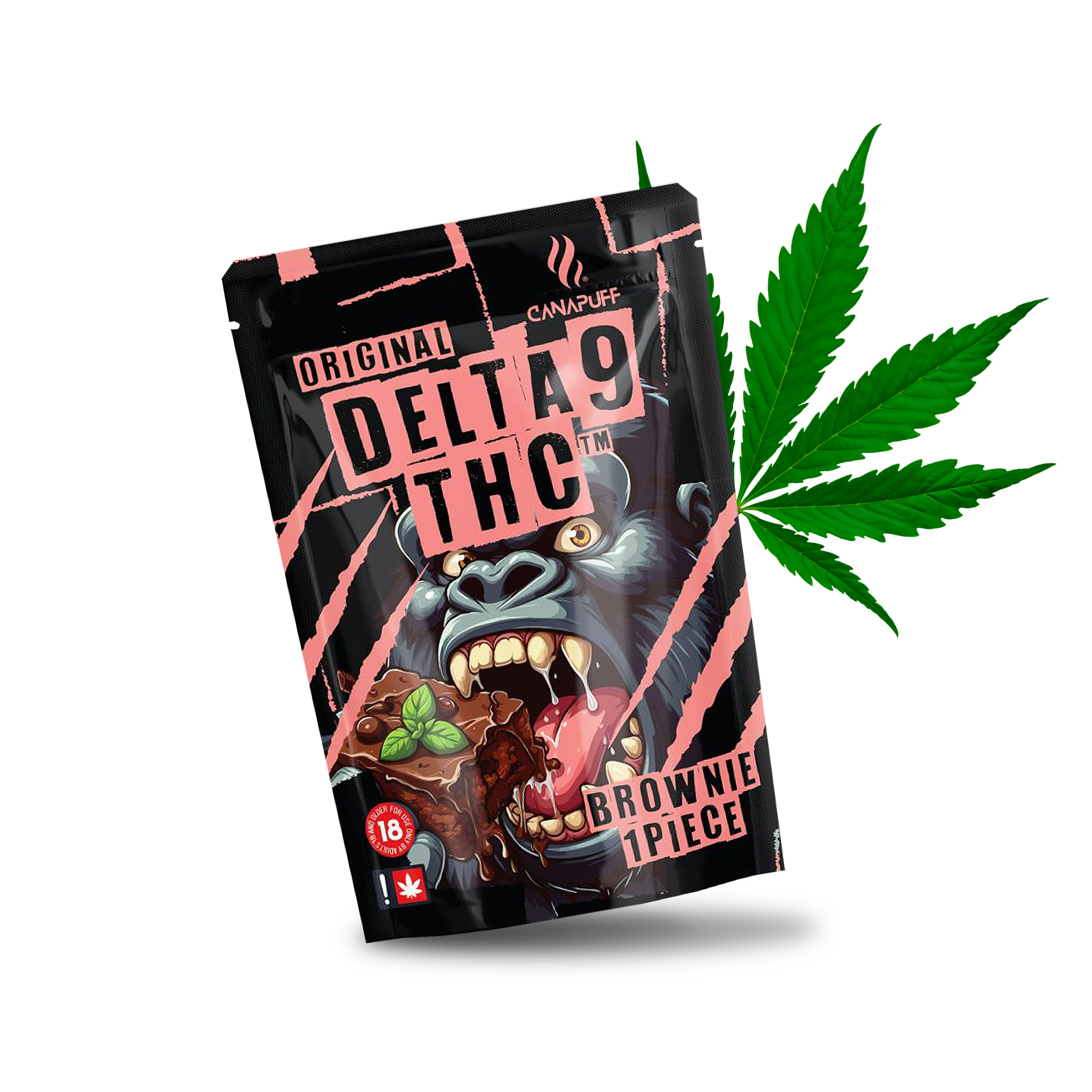

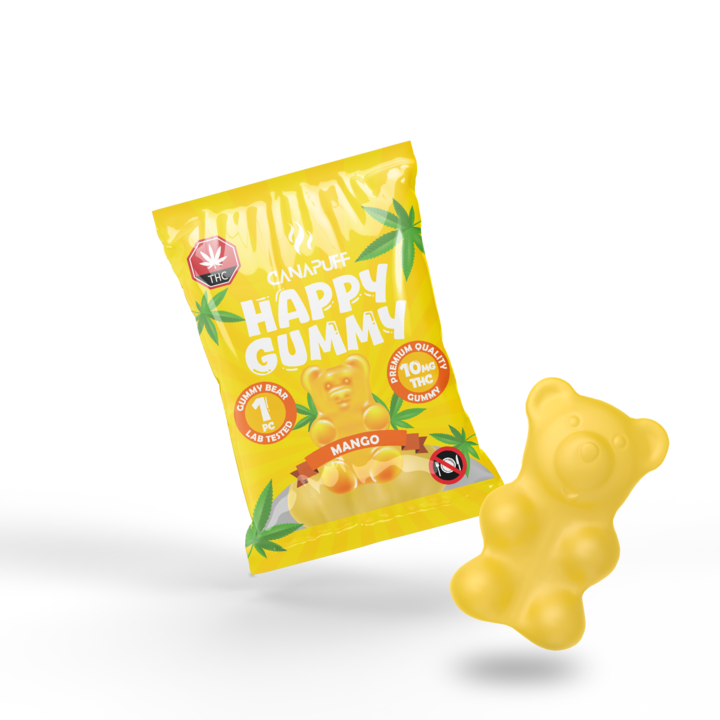
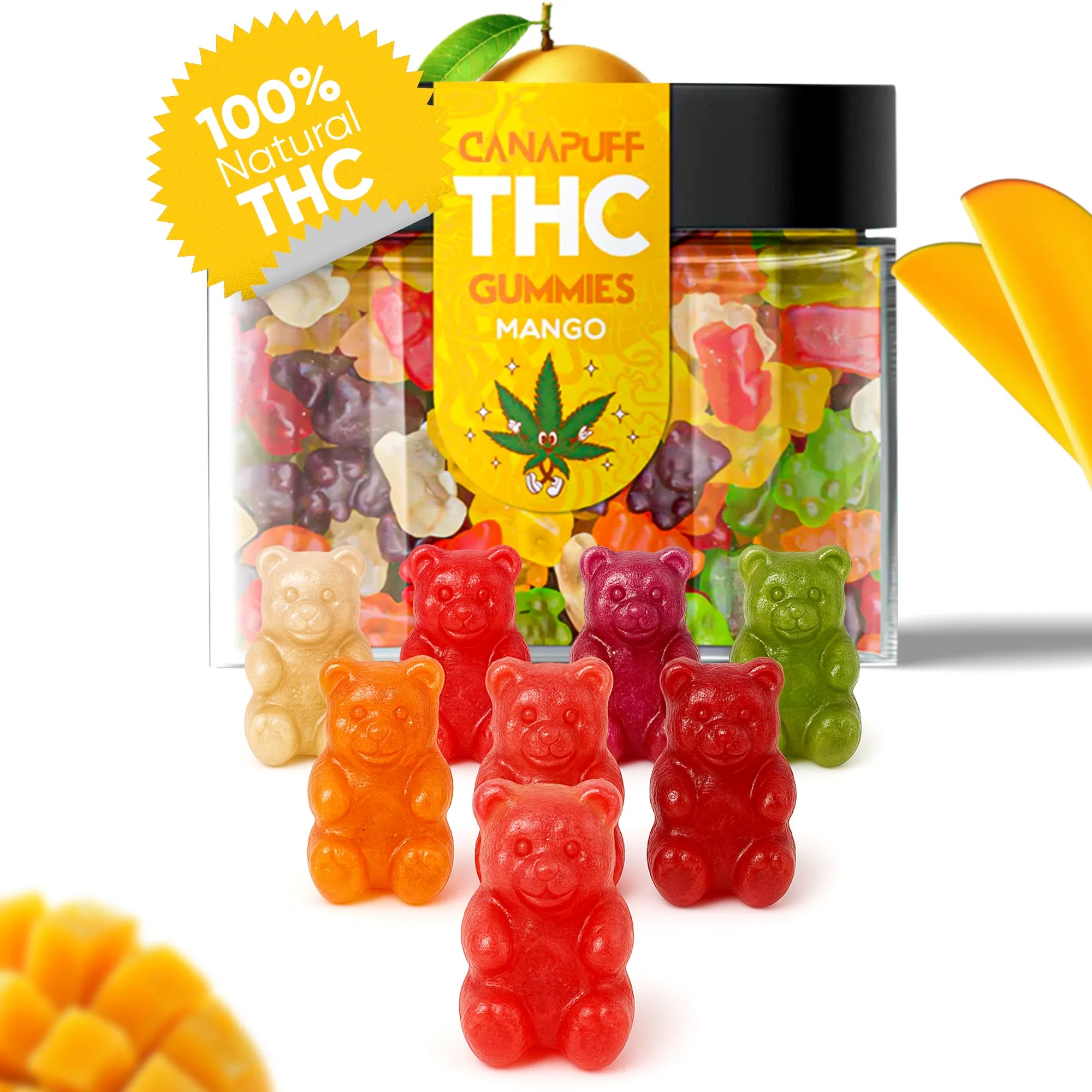




Leave a comment
This site is protected by hCaptcha and the hCaptcha Privacy Policy and Terms of Service apply.